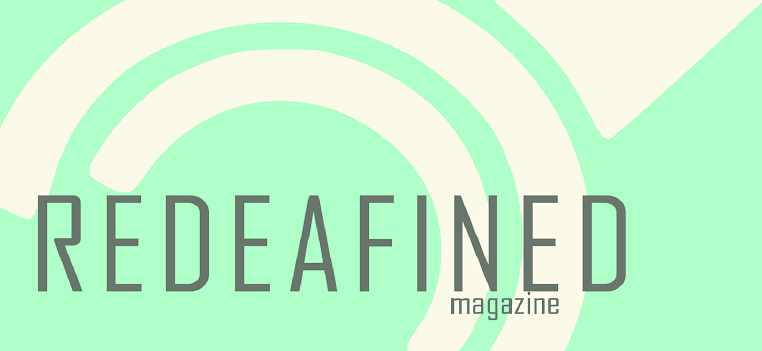| Image courtesy National Cued Speech Association |
Cued speech is a phonemic-based handshape system that makes the auditory aspects of spoken language accessible through visual means. Cued speech is also used by people with certain linguistic processing disorders, but in the context of the deaf and hard of hearing, is used as a supplement to lipreading as a way to gain access to speech. It was invented in 1966 by Dr. Orin Cornett of Gallaudet as a response to a study that linked a lack of phonological awareness to increased instances of reading disorders.
How does it work?
Cued speech is a relatively simple system--the chart you see above includes the entirety of handshapes and movements that cued speech uses. Handshapes indicate consonant sounds, and hand movements or placements on the face indicate vowel sounds. Cuers cue each sound group in a word as they speak it. For example, to cue the word "look," one would place handshape 6 (representing "l") on the throat (representing "oo"), then switch to handshape 2 (representing "k").
Is cued speech a language?
No. Unlike ASL or other signed languages, cued speech is not a language of its own. It is based strictly on the phonetics of spoken language (in this case, English).
What are the benefits?
Because the system is simple and based in English, hearing people can learn to cue quickly as opposed to learning ASL, which, like learning any other language, takes time. Cued speech drastically decreases the difficulty of lipreading because it makes sounds invisible on the lips (such as "k" and "g") visible, and distinguishes between sounds that look the same (i.e. "p" and "b"). Proponents of cued speech assert that cuing can increase literacy, but statistics are not definitive. Read more about deaf children's reading levels here.
What are the drawbacks?
While cued speech definitely aids in lipreading, cued speech, or speech in general, is a system through which linguistic information can be delivered, and not a language itself. Consequently, if deaf children are taught using only oral methods, they lack opportunities for incidental learning, (picking up knowledge and linguistic skills indirectly) and so may fall linguistically and socially behind their hearing counterparts. In contrast, deaf children raised and educated in a signing environment do learn incidentally, picking up information naturally from their peers and surrounding adults.
The solution? Many deaf children learn both ASL and cued speech: ASL as a full-bodied, full-access language, and cued speech as a tool to aid understanding in the world of sound and speech.
Other questions about cuing? Post them in the comments or email!

A system the UK has NEVER taken up,LR tutors reject ANY signs as assist. (That is for DEAF people).
ReplyDelete